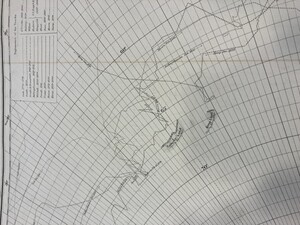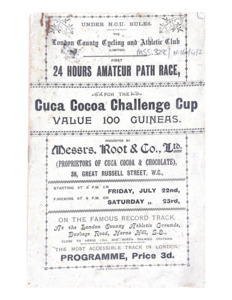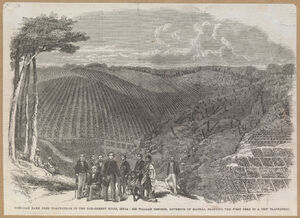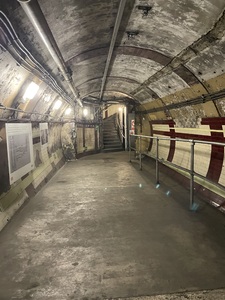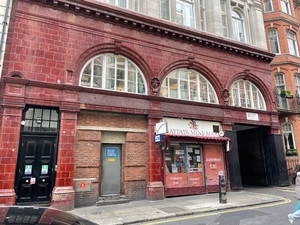
Browse Items (226 total)
Sort by:
-
Hampton Court Palace Haunted Gallery
A gallery lined with 16th century paintings, including portraits of Tudor monarchs. Legend has it that when Queen Katherine Howard discovered she was being charged with adultery, she broke free from her guards stationed outside her room and ran along this route in the hope of finding King Henry in the Chapel to plead her innocence to. It is said that her ghost can still be seen running through this "Haunted Gallery," wailing for mercy. -
Katherine Howard's letter to Thomas Culpeper
This is the only surviving letter written by Katherine Howard. It is addressed to Thomas Culpeper, whom she was accused of having an affair with. The letter can be interpreted in many different ways, from evidence of the affair to the possibility of Katherine being blackmailed. -
Details of an Ice Chart of the Southern Hemisphere
Showcases where Captain Cook saw pack ice outside Antarctica's coast. -
South Polar Chart
Chart showing tracks of expeditions to Antarctica -
Cuca Cocoa Challenge Cup presented by Messrs. Root & Co., Ltd.
This is a pamphlet advertising the first edition of the Cuca Cocoa Challenge Cup Race at Herne Hill Velodrome. It includes rules, -
Wood engraving of the first quinine tree being planted in the Neilgherry hills, India.
Cinchona plantations in the Neilgherry hills India. Sir William Denison, the governor of Madras, is planting the first tree in a new plantation for the production of quinine. -
Down Street Station Entry Tunnel
A photo of the entrance tunnel to the abandoned Down Street Station taken on a tour of the station in March 2024. -
Down Street Station Facade
Front of current day down street station taken before a tour of the station -
Katherine Parr Love Letter to Thomas Seymour
A love letter from Katherine Parr to Thomas Seymour declaring that if she had not married the King, she would have married him for love. -
Katherine Parr Letter Regarding Thomas Seymour's Brother
Letter sent by Katherine Parr where she exclaims her dislike for Thomas Seymour's brother



